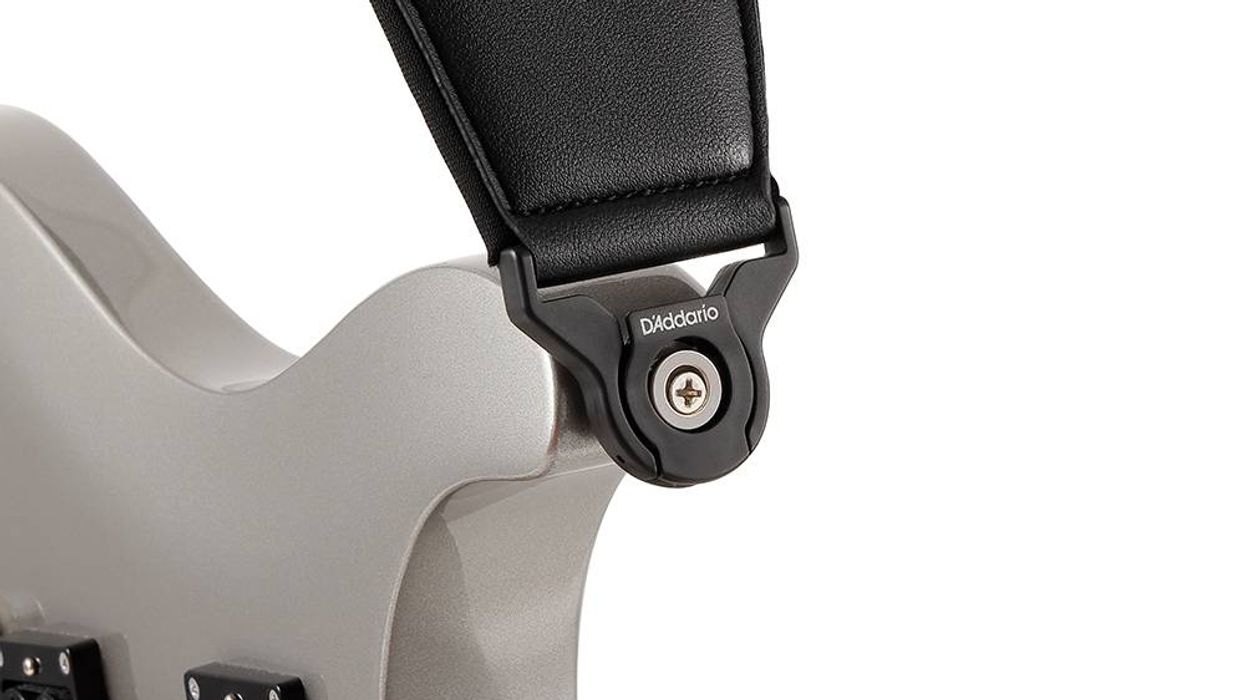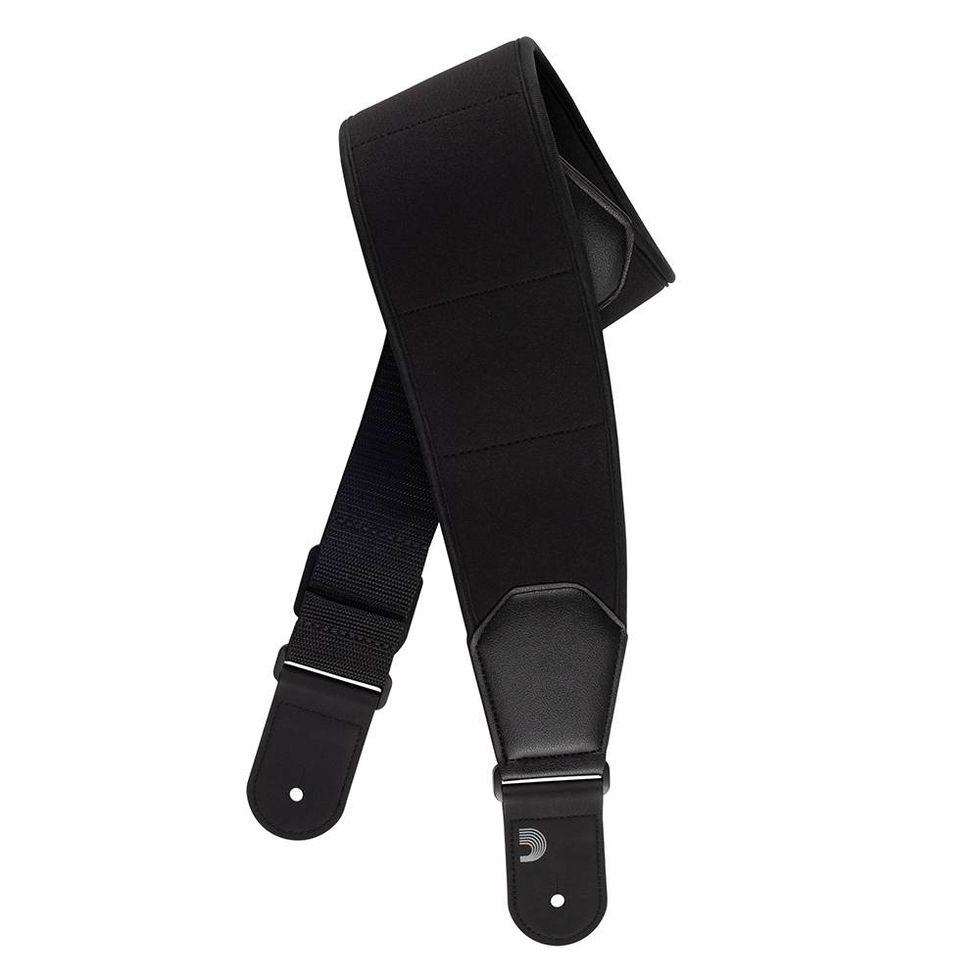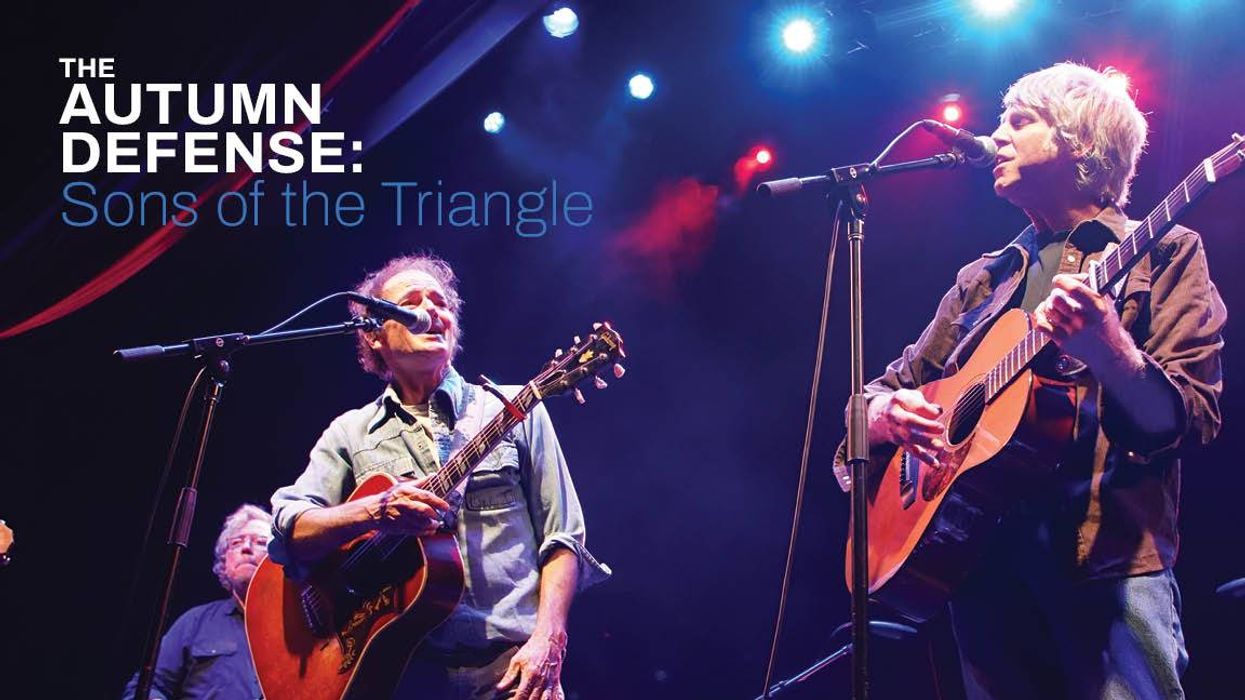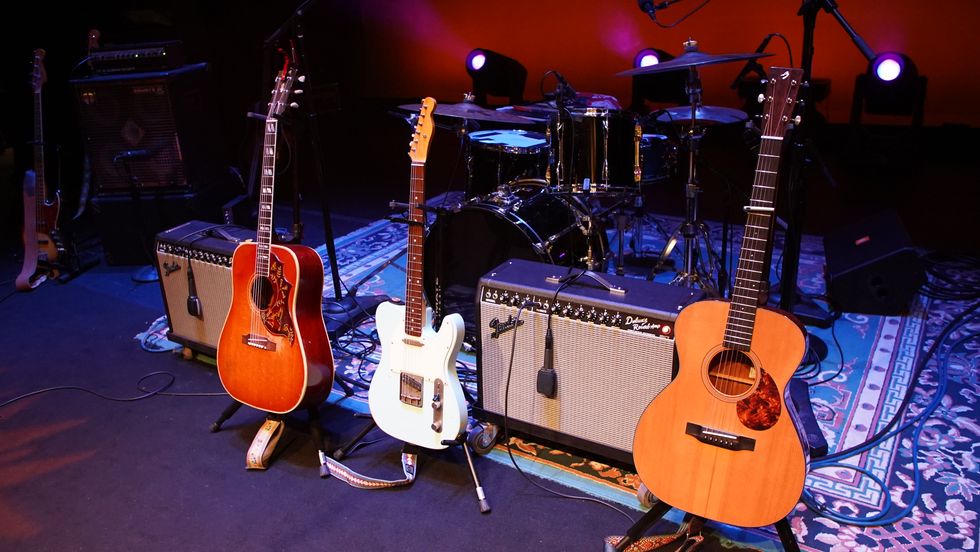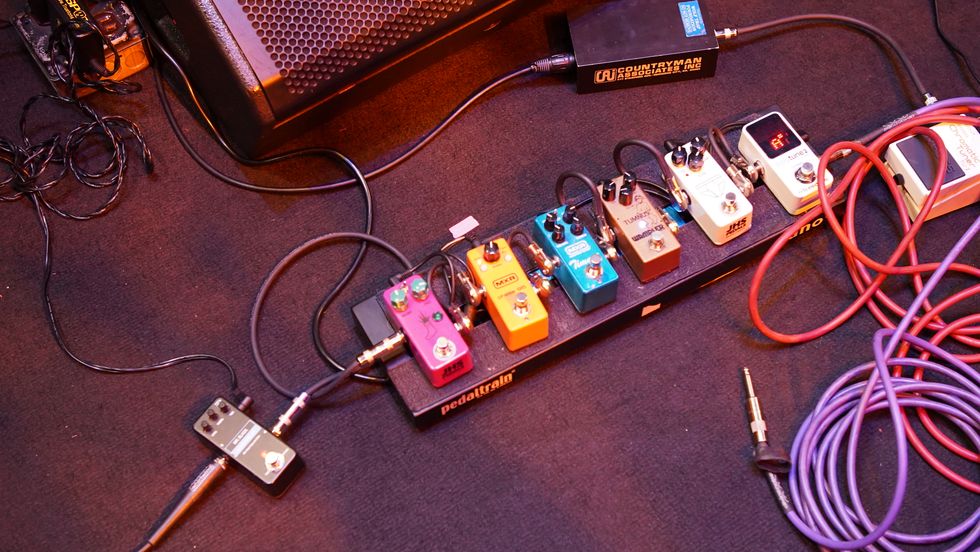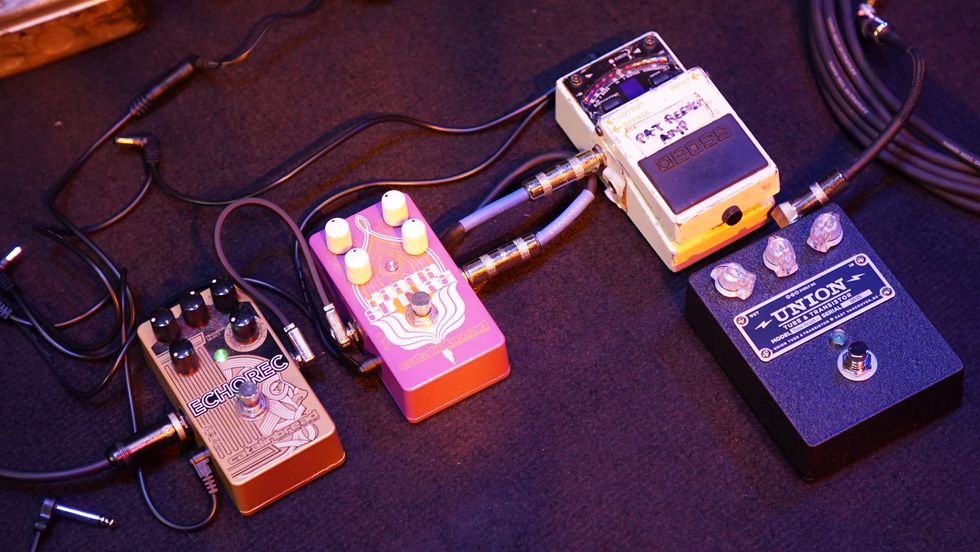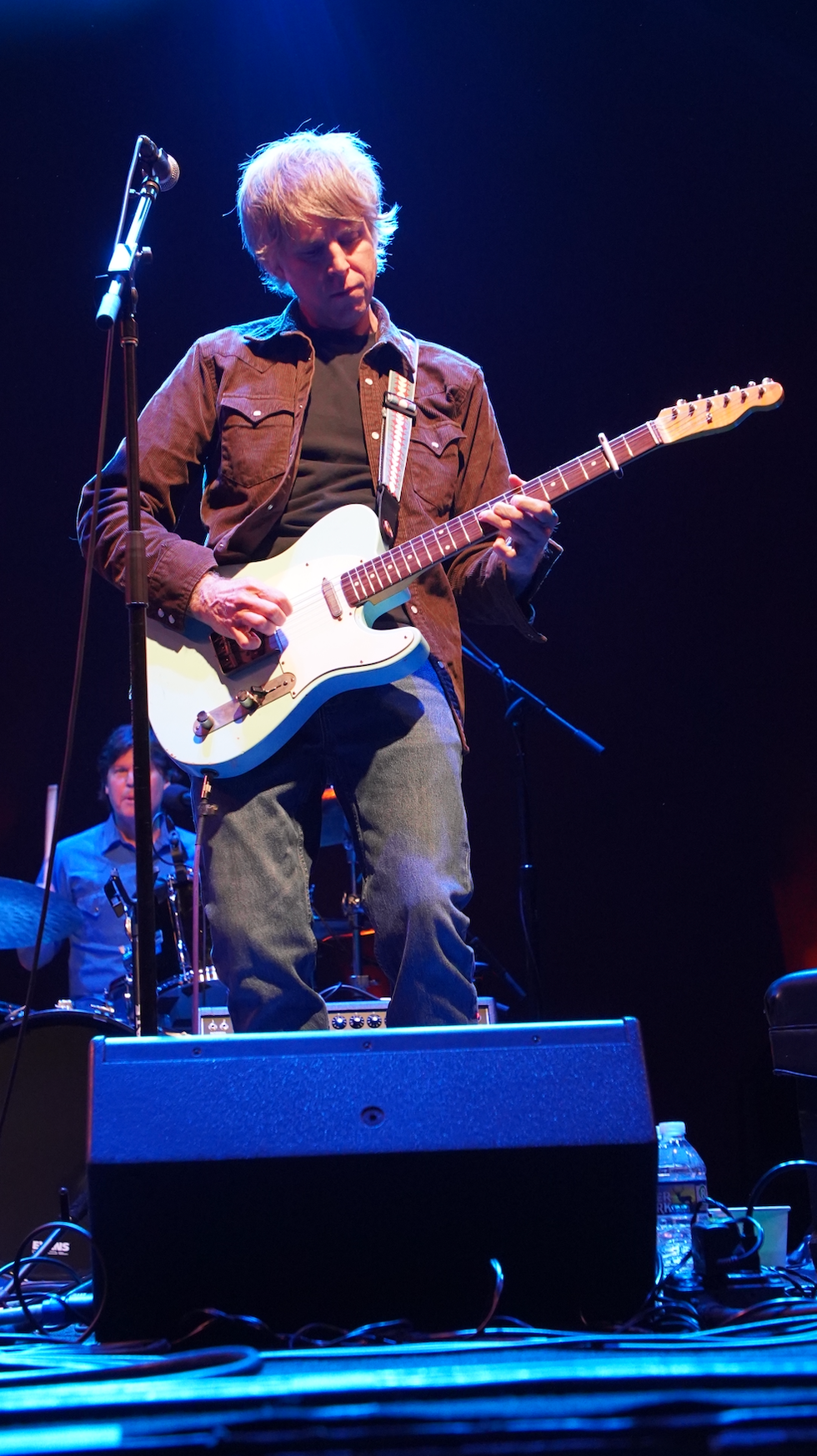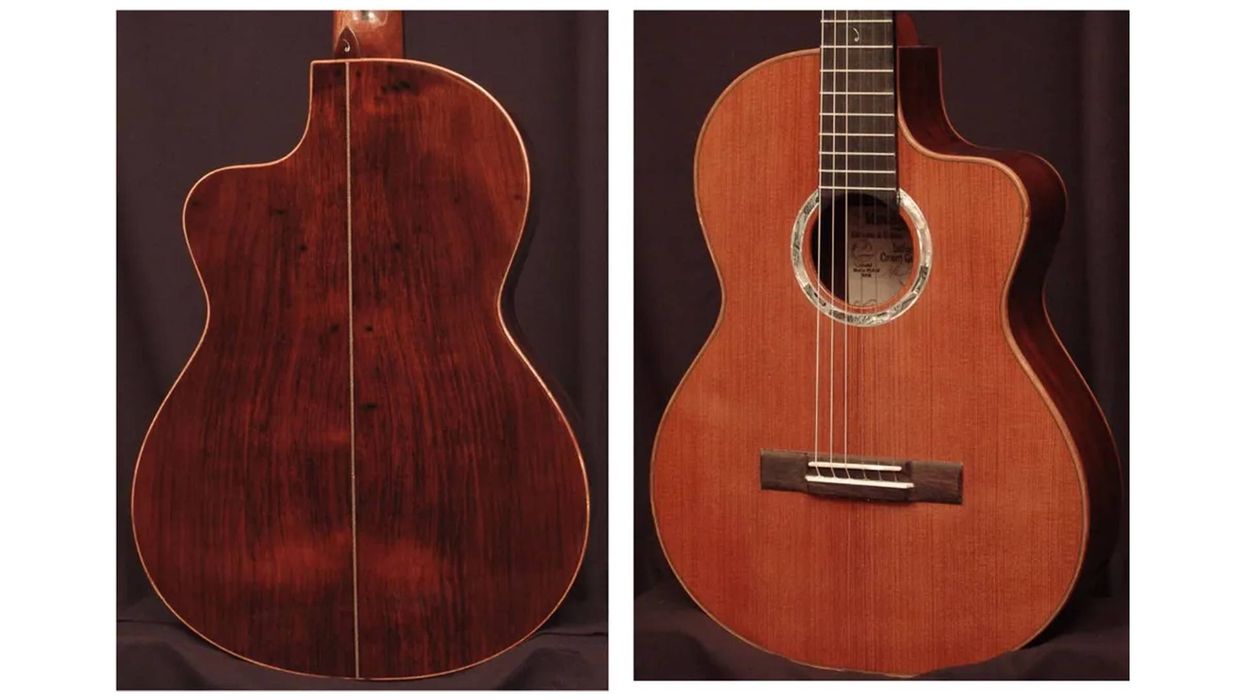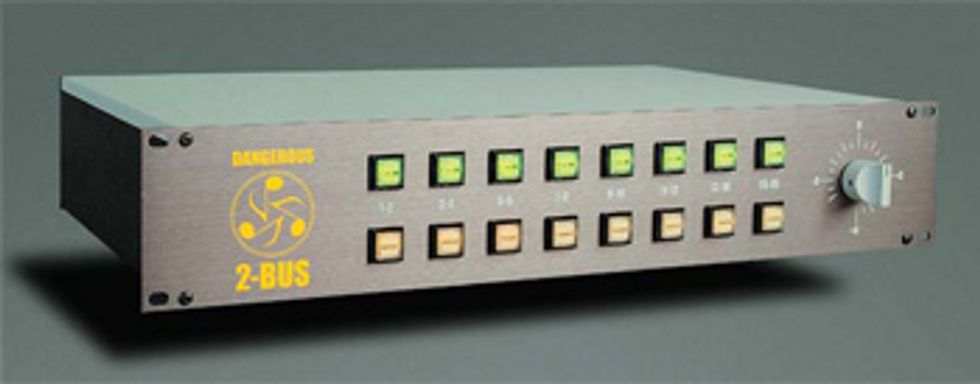 Dangerous Music 2-BUS analog summing mixer |
With the advent of well-developed DAWs (Digital Audio Workstations), high-resolution audio and powerful computers, “Mixing in the Box” (MITB) has taken on a new reality. Whereas traditional mixes were done using only a hardware console, many of today’s engineers, composers, producers and artists now choose to bypass that method and keep all or most of it inside the computer.
Programs such as Digidesign’s Pro Tools, Steinberg’s Cubase, Apple’s Logic, MOTU’s Digital Performer and others include fully developed software mixers that allow for an arsenal of software plug-ins and instruments to be applied. From vintage EQs and compressors to high-end reverbs, guitar amps, processors, delays, and almost anything else you can think of, they’re all available right onscreen—with no cables to worry about. Sure, some sound better than others, but the point is there is a lot of power at the fingertips of an MITB mixer. Another important feature is the ability to recall a mix 100 percent as you last left it, right down to the latest EQ knob twist, allowing you to tweak until you get it right (which may be never).
When combined with a hardware interface, (such as a Pro Tools 192 I/0), you can also choose to mix and match by inserting your favorite outboard gear into the audio. For example, I have a Manley Massive Passive hardware EQ that I place on my Pro Tools mix bus, allowing me to get some high-end tube warmth into the signal path. I’ll often place a stereo tube compressor into the signal path as well (or sometimes just on a channel or two within the mix). Some mixers also choose to use a fader-based control surface, which gives them a good ol’ console feel.
The use of summing mixers is another option that combines in-the-box and analog hardware mixing. For example, the Dangerous Music 2-BUS offers 16 channels in with two channels out. This then allows you to output up to 16 channels from your DAW into the analog mixer and sum it to a final stereo mix. Many claim this adds more analog punch and creates wider mixes with more depth. Again, there’s no shortage of opinions in our business, so it’s important that you judge for yourself.
To get some industry veterans’ takes on the matter, I spoke with D. James Goodwin (Norah Jones, The Bravery) and Grammy winner Bob Power (Erykah Badu, A Tribe Called Quest, Macy Gray). “MITB has completely revolutionized the way I mix,” noted Goodwin, “I have fewer technical boundaries now, and the ability to mix remotely with almost complete recall has made it easier for me to really be more creative. Most importantly, it’s presented me with a completely new way of working, which has been a welcome challenge to old habits and patterns. My mixes have become much more adventurous since I made the change.” Power added, “I like being able to work on something else, get some fresh perspective, and then come back at the touch of a button to where I left off. Keep in mind that I do have an analog stereo bus chain, but recall is all of ninety seconds. Also, in terms of ease of use, a huge benefit is that recalls are almost instantaneous. Although given the natural creative insecurities that are almost always a component of artistry, the bad thing is also that recalls are more instantaneous.”
When I asked them what they don’t like about MITB, Powers said, “I think that we all have to stop complaining, ‘it doesn’t sound the same.’ Of course! It’s something different. So work with that different, and make it appealing within that framework. The tools get better and better all the time. We need to get better at using them.” Goodwin added, “My biggest dislike is that things change so rapidly in terms of software and platforms. I feel like I am constantly trying to keep up with various performance upgrades, and it takes a lot of time to stay on top of it. Also, I don’t like the tremendous amounts of data I now have to deal with.
“But my favorite part is the ability to really manipulate things quite easily and extensively,” continued Goodwin. “Much to my surprise, I have also enjoyed mixing more visually. I can almost sit and visualize how things work together, and I have more opportunity to refine certain ideas because I can work a bit more efficiently. Frankly, I also love the ability to insert five API 2500 compressor plug-ins and have it sound pretty damn good without having five units in a rack behind me.”
Powers puts it a bit more blunt: “Wake up, everybody. Just like the holdouts when MIDI first came around, you’d be unbelievably shortsighted not to accept that this is not simply the future. The future is now!”
Rich Tozzoli
Rich is a producer, engineer and mixer who has worked with artists ranging from Al DiMeola to David Bowie. A life-long guitarist, he’s also the auther of Pro Tools Surround Sound Mixing and composes for such networks as Discovery Channel, Nickelodeon and National Geographic.
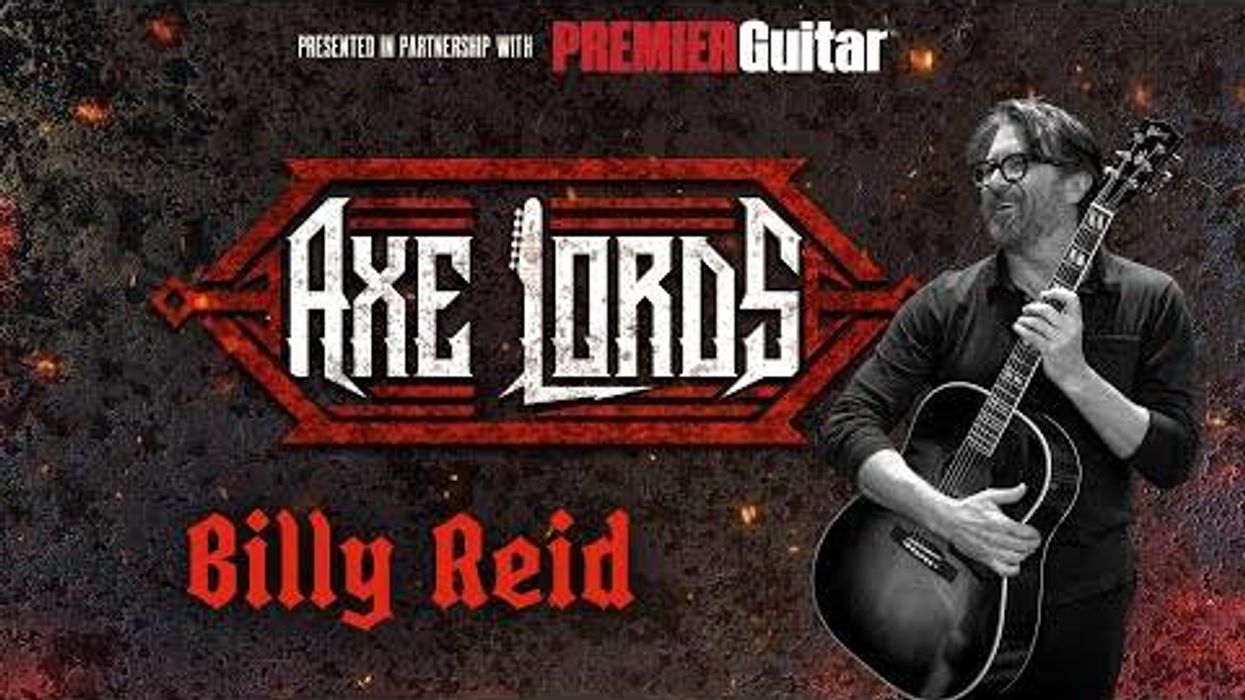





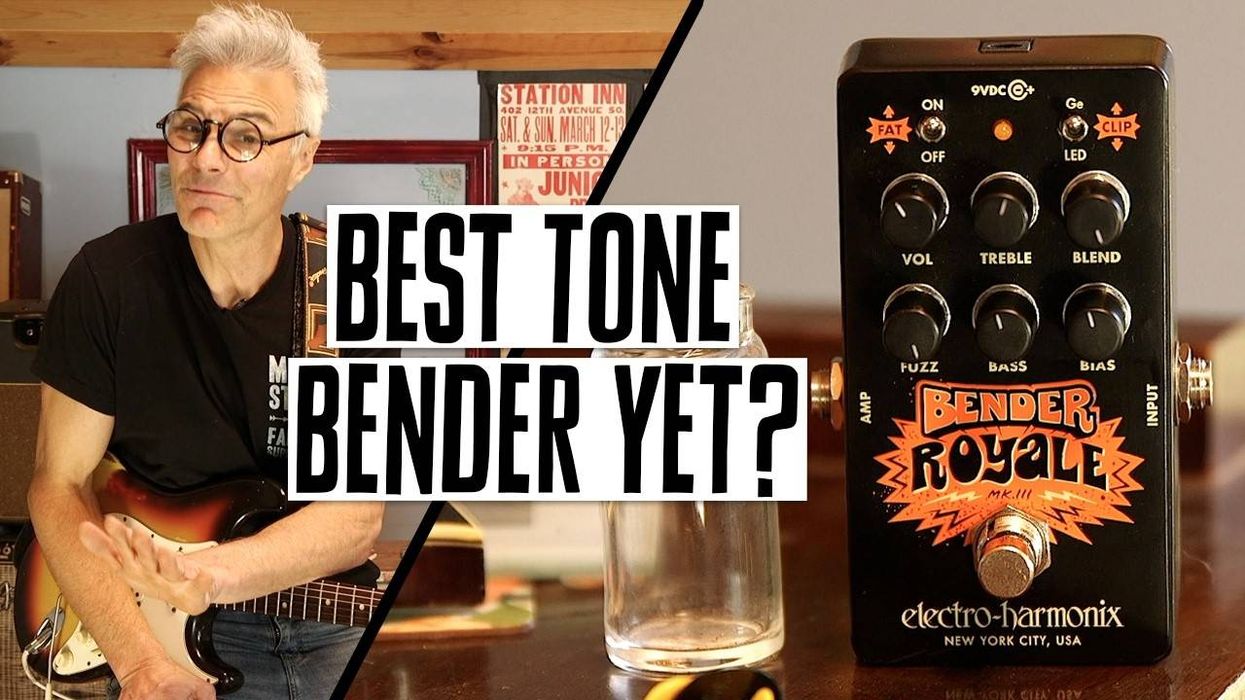


![Rig Rundown: AFI [2025]](https://www.premierguitar.com/media-library/youtube.jpg?id=62064741&width=1245&height=700&quality=70&coordinates=0%2C0%2C0%2C0)

